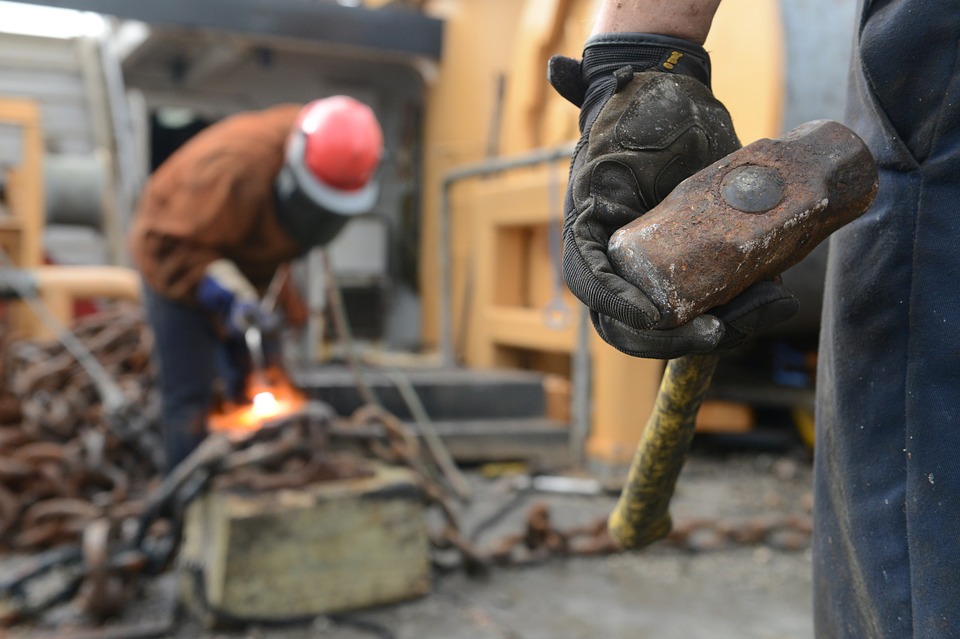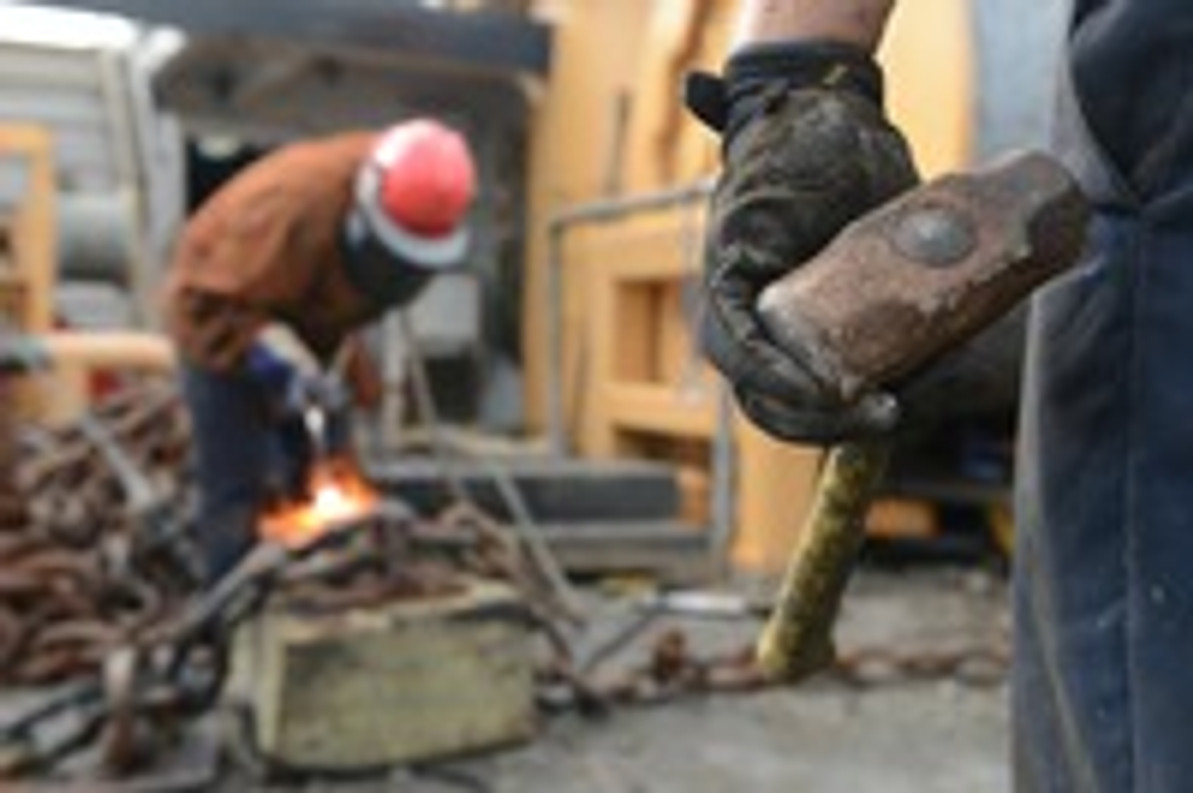Tips to Prevent Occupational Hearing Loss

Affecting more than 22 million workers in the United States each year, occupational hearing loss is the single most common work-related injury. The annual cost of worker's compensation alone for such injuries is estimated to be $242 million. So, what steps can employers take to protect workers from occupational hearing loss?
Monitor Noise Exposure
The Centers for Disease Control and Prevention (CDC) recommends an 8-component process to protect workers from occupational hearing loss. Among these eight components involves monitoring workers' noise exposure. Employers should take a proactive approach towards understanding for how long workers have been exposed to noise, and at what level.
Administrative Controls
Another component of the CDC's recommended process is administrative controls. Basically, this encompasses administrative policies and procedures that are intended to protect workers from occupational hearing loss. In addition to monitoring workers' exposure times and levels, employers should also create policies that limit workers exposure. If a particular worker has been exposed to loud noise for a prolonged length of time, he or she should be removed from the environment to reduce the risk of hearing loss.
Hearing Protection
Of course, one of the most important steps in the prevention of occupational hearing loss is to provide workers with hearing protection. Noise-cancelling headphones, for instance, are an invaluable tool in protecting workers from this all-too-common injury. They work by blocking out noise from the wearer's ears, allowing him or her to work in otherwise loud environments that could lead to hearing loss.
Maintain Heavy Machinery and Equipment
If your business uses heavy machinery and equipment on a regular basis, make sure those items are properly services and maintained according to the manufacturer's recommendations. Over time, it's not uncommon for heavy machinery and equipment to break down. Perhaps it still works, but it may now work/run louder than normal. This increases noise production places workers at a greater risk of hearing loss. To prevent this from happening, have your company's heavy machinery and equipment services according to the manufacturer's recommendations.
Read the Guide
In addition to the tips outlined above, employers should also familiarize themselves with the CDC's guide, titled "Preventing Occupational Hearing Loss." Featuring 105 pages, this comprehensive guide explores the dangers of occupational loud noise, while also offering tips and advice on how to minimize the risks.
Recent Posts
-
Fire Safety in the Workplace: What You Need to Know
What steps are you taking to prevent fires in your workplace? According to the U.S. Occupational Saf …Aug 23rd 2023 -
Is It Safe to Go Jogging With a Cold Infection?
If you're suffering from a cold infection, you might be wondering whether it's safe to go jogging. T …Aug 22nd 2023 -
5 Safety Tips to Follow When Using a Powder-Actuated Tool
Powder-actuated tools are commonly used to join materials to steel and concrete. Also known as Hilti …Aug 20th 2023




